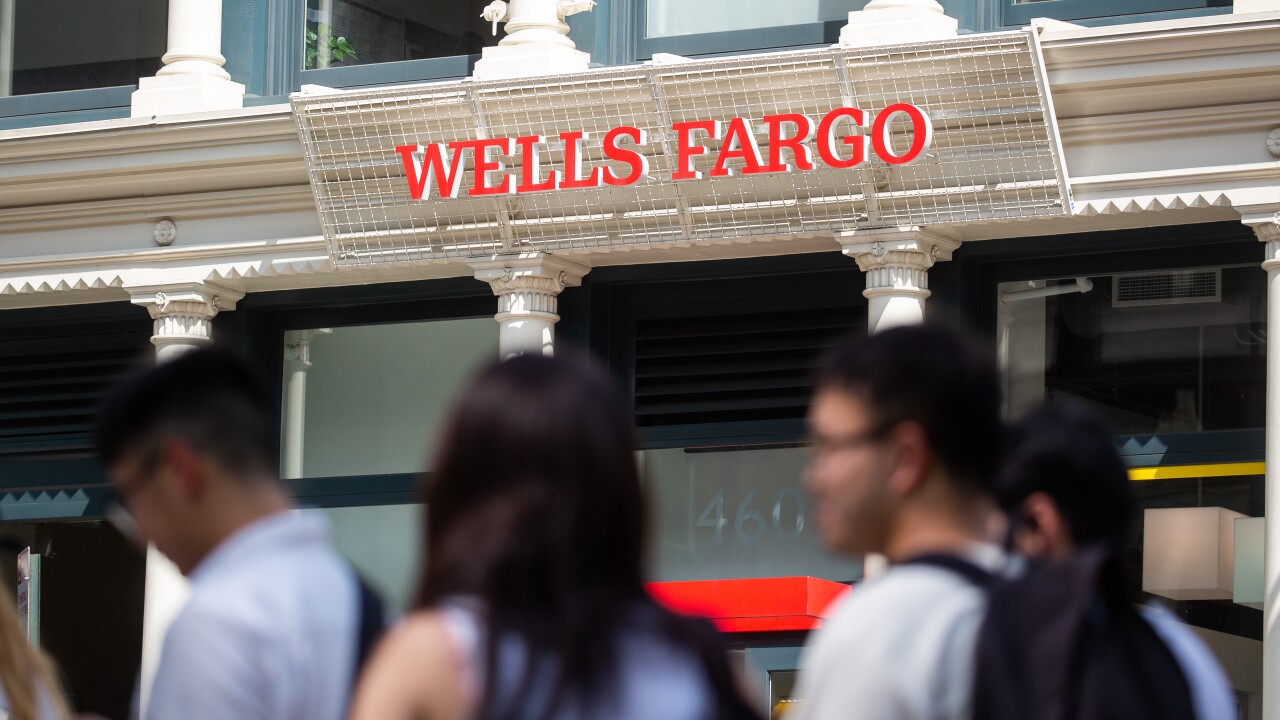Over the past five years, the slow-but-steady rise of mobile wallets seemed to signal the end of the plastic card era.
But that's not how things played out.
What many may not have envisioned was mobile technology actually making payment cards stronger. Advancements in digital and mobile technology have enabled cards to become interactive and
Cards have also benefited from advancements that put pressure on merchants to accept more payment types, enabling the introduction of EMV, instant reward redemption and other updates at the register. Mobile technology also enabled the development of the mobile point of sale, enabling sole proprietors and other small merchants to finally accept plastic payments.

Ubiquity
A card can have all of the features in the world, but if it is not accepted at certain merchant locations, it is likely to suffer.
As such, the utility of a credit card represents one of the most important recent developments the payment card industry has seen, said Brian Riley, director of card services for Mercator Advisory Group.
"That's something that has really been corrected in the last few years, especially on the Discover and American Express sides," Riley said. "I don't think one brand can say they are not being treated fairly in the market anymore because that parity now exists."
Discover has smoothed over its rough spots the past few years, gaining acceptance at more merchant sites after some initial difficulties in getting acquirers and processors like
From 2015 to 2016, Discover says its merchant acceptance grew from 37 million global merchants to 39 million, while its debit card is accepted in the U.S., Canada, Mexico and the Caribbean.
Similarly, American Express aggressively pushed the
Overall, the factors driving a consumer's decision on which card to put in their wallet have expanded far beyond what type of fees or annual percentage rate the card carries.
Tried and true
One factor that has not changed much is how various card perks appeal to different consumer age groups.
Overall, it is safe to say that rewards still attract more affluent cardholders, while the ability to control a card's credit line, transaction limit and payment date appeals to younger cardholders on tight budgets.
When examining these preferences, it is best to carve out the Generation Y group of 18- to 24-year-olds as their own category, said Michael Moeser, director of payment at Javelin Strategy & Research.
"In that lower age group, only 50% have credit cards, and of those who do, a parent has probably co-signed and can monitor what they are buying," Moeser said.
The Credit Card Act of 2009 has a lot to do with that, making it against the law for an issuing bank to sign up a cardholder younger than 21 without a legal guardian's involvement. Issuers also can't market to students on a college campus without the college disclosing its relationship with the bank.
"Once the consumer reaches the 25 to 34 age group, the ownership of a credit card jumps to 70% or 80%," Moeser said, citing Javelin studies. When that happens, convenience, security against fraud and the rewards on the card are the three factors most likely to resonate, Moeser added.
Knowing this, card brands have sharpened their focus on rewards programs and security features in the past few years.
Pile on rewards
"We've seen an explosion in rewards in the last few years," Moeser said. "Your typical reward signup, whether it is points or miles, used to get you 30,000, but now can get 50,000 easily."
Rewards can change the way consumers view credit cards. Baby Boomers were the first to get rewards cards, but 23% of Gen Y consumers have hotel rewards cards, compared to only 10% of Baby Boomers, Moeser added, citing Javelin research.
"When it comes to airlines, 27% of Gen Y consumers have an airline reward card, compared to 16% of Boomers," he added. It illustrates a trend that hasn't changed much over the years, that segments of consumers tend to choose cards that fit — and reward — their lifestyles, Moeser said.
A few examples of cards with mounting rewards include the
The
The Capital One Venture card provides rewards of 40,000 miles when a cardholder spends $3,000 on purchases with the card within three months of approval.
Even
Economic crash course
Especially in the wake of the most recent recession, younger cardholders want to know where they stand with credit ratings and how their cards can help them manage their spending.
Technology is making many of these tools available through issuer websites and mobile apps.
"Credit score tracking has been an important feature for some time, but it's especially important for younger cardholders," said Jaclyn Holmes, senior manager of payments insights for Auriemma Consulting Group. "Young cardholders recognize the value of starting off with a good credit score, and having that tool readily available helps them manage and remain accountable for their behavior."
In a survey of nearly 400 cardholders for Auriemma's 2016 fourth-quarter payments report, 38% said their card offered credit score tracking and 73% of those cardholders said they used that feature regularly.
Nearly 60% said they customized mobile alerts linked to their cards and 54% said they liked the ability to see their spending habits by category.
"We're seeing cardholders express greater interest in having more control over their accounts," Holmes said. "Interest in customizable alerts has risen over the past year or so, but we're also seeing a new desire to set controls over spending with limits in specific categories."
Old ideas are not forgotten
When technology brings new capabilities, it does not always mean that the old ideas are gone. They might just have a different sheen this time around.
"Federal Reserve research tells us that cardholders really like aggressive credit lines — and that can be cheapest and most attractive way for an issuer to make that card worthwhile," Mercator's Riley said. "As far as general features, there is some movement in the market again about going back to multi-purpose cards."
The idea behind such multi cards is that consumers can decide at the point of sale whether a purchase should go on their credit or debit account; some companies are also exploring the potential of letting shoppers spend from their rewards balances by swiping their card.
"Still, cardholders can be lazy," Riley added. "They ask for features and then never really use them."





